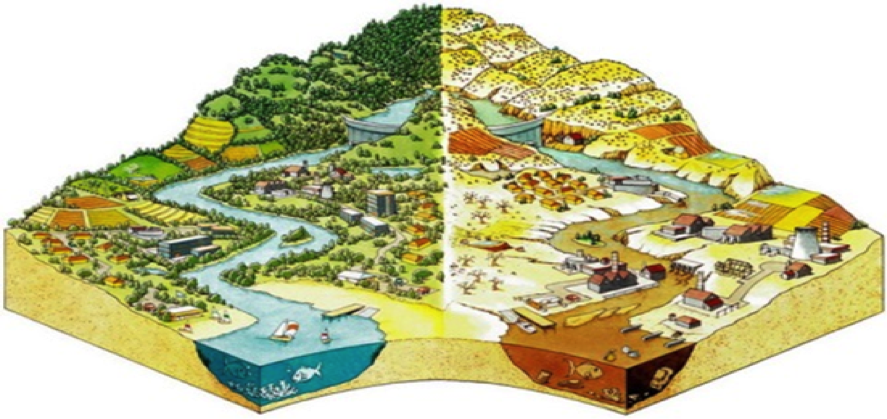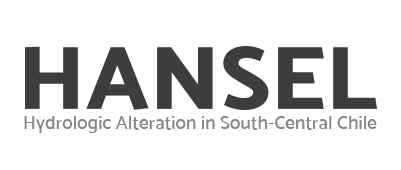Hydrological regime serves as a first order control on abiotic environments of river ecoystems, biological community assemblage and ecosystem functioning.
At the same time freshawter ecosytems provides essential resources and services to human societies. As a consequence, the flow regimes of rivers in many parts of the world have been controlled by water impoundments, which maximize the provision of freshwater and other resources, often at the expense of ecosytem quality and functioning. Teherfore, outstanding research is needed to guide water resources managers through complex decisions that allow maximizing societal returns from riverine ecosystems while ensuring their resilience and conservation.
HANSEL will focus on how river functioning and service provisioning are affected by hydrologic alteration (HA) from dam operation and land use changes. The project covers the south-central area of Chile (regions VI-IX), which is subjected to significant settlements and economic activities, presenting a large number of dams and a high precentage of modified land uses, especially due to forestry and agriculture.

Two potential states of land and water resources according to contrasting watershed management policies (Source: Waterwatch Queensland)
In order to achieve this main goal, HANSEL will develop an approach that consists of four tasks: (1) Create virtual watersheds and synthetic river networks that provides the reference spatial framework and supports the entire subsequent analyses, (2) predict the natural flow regimes to the whole fluvial network and developing a hydrological classificacion, (3) condcut a regional assessment of hydrologic alteration and analysing the main factors determining the magnitude and direction of the alteration, (4) develop an experimental and analytical framework to determine the effects of HA on river ecosystem function and structure. Most of the methodology will use already available information that should be compiled and validated (e.g. natural and altered flow series, environemntal information at the catchment scale, etc). In addition, we plan to carry out a field survey campaign covering impacted and non-impacted sites to analyze how river metabolism is affected through a gradient of HA.
